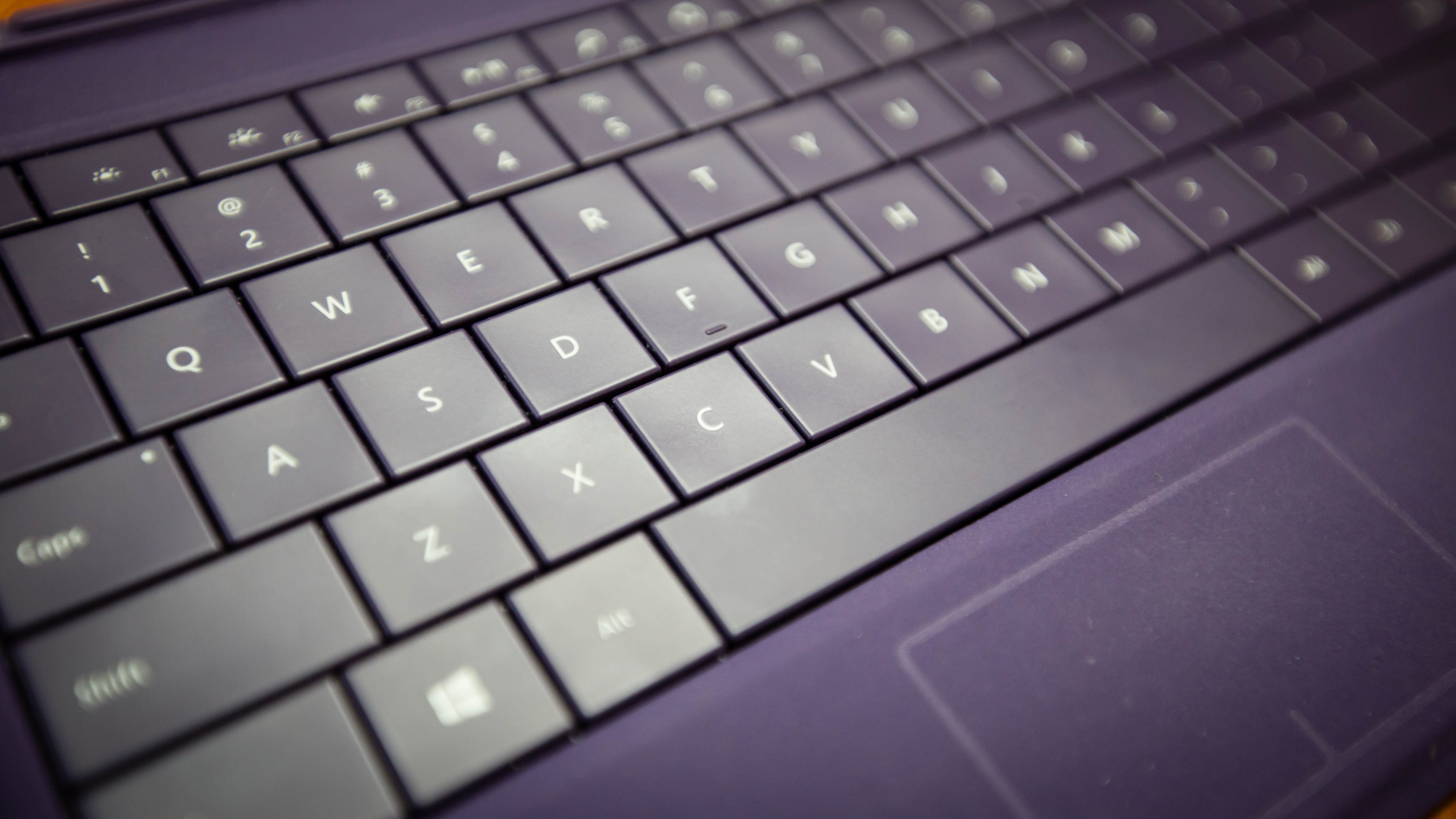A catalogue of some of my favourite and insightful UX articles published in March 2016.
UX is Not Design
The ‘design’ in ‘UX Design’ is not related to visual aesthetics. This article reveals the true meaning of user-experience design.
How everything we design will in turn design us back
Entrepreneur and Creative Director, Jones Virtanen, writes on the interesting notion of ‘ontological design’, which says, everything that we design in this world, will in turn design us back.
Smart UX: Designing For The Future
A list of valuable future-oriented UX design questions for your next application or website design project.
How We Made Our Client’s Site Accessible by Law
Vince Sevilla presents a case-study about a California-based disability centre, and how his agency redesigned an “accessible” website.
Usability testing of Mobile Applications: A Step-By-Step Guide
Justin Mifsud, presents a structured view of testing mobile applications in this very insightful article.
7 Remarkably Simple Methods To Boost Checkout Conversion Rates
In this article, co-founder and CEO of Invest Consulting Khalid Saleh, speaks at length about ‘shopping cart abandonment’, and the checkout process conversion rates. And how to improve the analytics and the experience.
Microinteractions: The Secret of Great App Design
As a mobile app designer, you just can’t ignore the power of microinteractions for providing a delightful feedback. This article outlines the why, what and hows of dealing with microinteractions to design better apps.
How to Make Your Site Senior-Friendly
Declining eyesight and motor abilities create tremendous usability challenges when designing for senior persons. This is an insightful article which speaks about the sensitivity of building websites for seniors with key UX recommendations.
Five Best Practices for Becoming a Data-Driven Design Organization, Part 2
Michelle Bacigalupi (Experience Design Management & Strategy for WebEx Online at Cisco) lists a set of best practices for developing a data-driven design organization. You can also read Part 1 of the article as well.
Product Pages: UX Tips to Boost Conversions
As more products flood the shopping market, the competition to get stuff sold online will intensify. An article that broadly outlines the UX elements to make your product page stand out.
Best UI design principles to develop strong mobile apps
A comprehensive list of details that could make or break your mobile app.
Probability: A UX Designer’s Second-Best Friend
Probability is about making educated guesses about the future. Even without research, we all have an innate sense of probability, that makes us judge a bad idea from a good one. A very good article on the effects of using probability in UX design.
Featured Image – by courtesy of ebayink / Tablet use 2 (Some Rights Reserved)


